
Fish markets and morning squid auctions, a retro tram network with wood-panneled carriages, a weirdly wonderful and exclusively regional Japanese hamburger chain, beautifully preserved old timey boutique cafes overlooking sunsets on the sea…
There's a lot to love about Hokkaido’s second city of Hakodate, outside the fact it’s a direct bullet train ride from Tokyo, but standing proudly next to Jujigai tram stop is another of Hakodate’s characterful hidey-holes and a must-visit landmark on any craft-lover’s map. We had a chat with the owners of Hakodate Kogeisha gallery and boutique.
Hi Domae-san! Would you be able to start by telling us a little bit about yourself, and your gallery?
My name is Morito Domae and I represent the Hakodate Kogeisha boutique gallery, alongside my wife, Kuniko. Inspired by the three years of high school I spent in Hakodate, 14 years after graduating and a total of 30 years ago now, I moved back here from Aichi prefecture to work on my pottery. I’d always wanted to start up a space where I could exhibit my own work so I started up my first place about 22 years ago in Horaicho, on the southern tip of where Hakodate city juts out into the sea, and was also then in Motomachi nearer the base of Mt Hakodateyama, before setting up shop where we are now, right by the tram stop in the middle of Suehirocho, near the famous red warehouse district and the bay.
You mention you lived in Aichi prefecture originally, but what was the main impetus behind opening up the shop with your partner?
Kuniko is originally from the city of Seto in Aichi prefecture where we actually first met, doing pottery, and once our first child was born, we started thinking about where we’d like to live in the future. We ended up choosing Hakodate on the basis that the weather and surroundings were great, and we both had a good impression of it. As for the gallery itself, the main reason for starting it was the lovely environment we found at a half workshop half boutique run by a potter in New Zealand that we spent some time at.
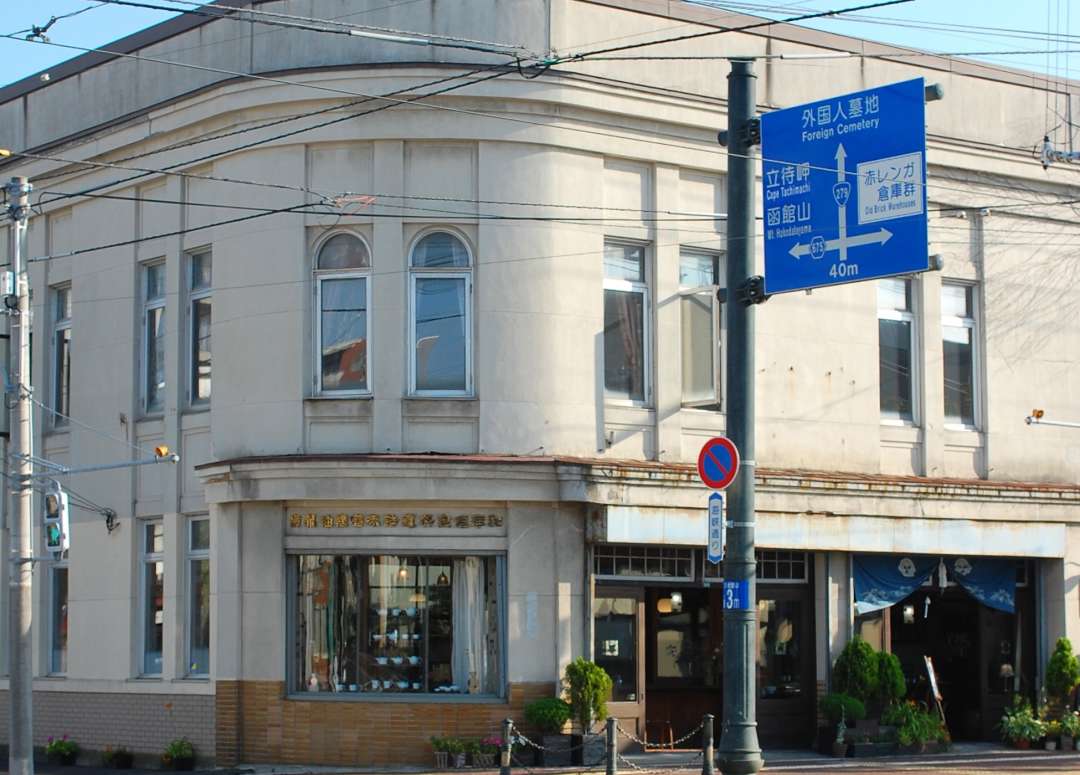
The building you’re in at the moment is a building reconstructed in 1985, after having suffered through four house fires. We’ve read that it was originally a building called the Umezu Building with shops inside it but what was the reason behind moving from the western style building you were in before, to here?
Hakodate as a city is really special in that it has a lot of retro buildings left over from a time when people were creating architecture in a style that mixes traditional Japanese and traditional Western aesthetics. The western-style building we were in before was actually over 90 years old itself but, with time, the other blended style buildings had been disappearing slowly. About 7 years ago, this building went up for sale in Jujigai, a part of the city dedicated to architectural preservation, and we thought we just have to push ourselves to put it to good use, what with it being such a beautifully preserved property.

We read that the second floor space of the building is the old owner Fukujiro Umezu’s living quarters and storage vaults, which you actually run tours of. What was the reason you decided to leave this floor unrenovated as it is?
Fukujiro Umezu, the guy who started up the Umezu Building, was an incredibly accomplished person who moved north to Hakodate from Ibaraki (next to Tokyo) when he was young, and made a name for himself in the food and drink sector over the course of just one generation. He was a philanthropist and donated a lot of money to the development of both his hometown and Hakodate. Most famously, he invested in education and the main high school in Hakodate.
Our current building is a faithful reconstruction built after a great fire occurred when Fukujiro was 78, but the second floor retained a lot of the charm of the architectural styles of back then and we really wanted to preserve that, and his memory.

In the gallery you stock mainly the work of local artists from Hokkaido but also craftspeople from all over Japan. How do you go about selecting what to stock?
The character of our gallery has gradually changed over the course of our 22 years. When we first started, there was no one in Hakodate exhibiting the work of local artists so we focused on displaying pieces by around 30 artists from Hokkaido and Aomori, just on the other side of the ocean on mainland Japan.
There was lots we could sell and we started getting introduced to works that we didn’t have locally, as well as having artists come from elsewhere personally to show us what they did, and so naturally the number of artists represented from all over Japan started to increase.
That said, it’s easy to get your hands on art and traditional crafts anywhere using the internet these days, so our main commitment is to increasing the number of local artists with Hakodate flair, that we represent.
Both you and your wife are potters but is your workspace also a part of the gallery? If so, do ever allow visitors to see your work process?
Yes, the work space is a part of the building, and we do also accept visitors. However, I think the workshops you have in the UK must be a lot nicer!
When we were in Australia and New Zealand, there were a lot of artists who had been influenced by the work of English ceramicists like Bernard Leach and Lucy Rie. I remember vividly reading Bernard Leach’s ‘Between East and West’ in the library while I was there and thinking that I’d love to visit the UK one day but I haven’t made it yet. My dream is actually to visit the Victoria and Albert Museum.
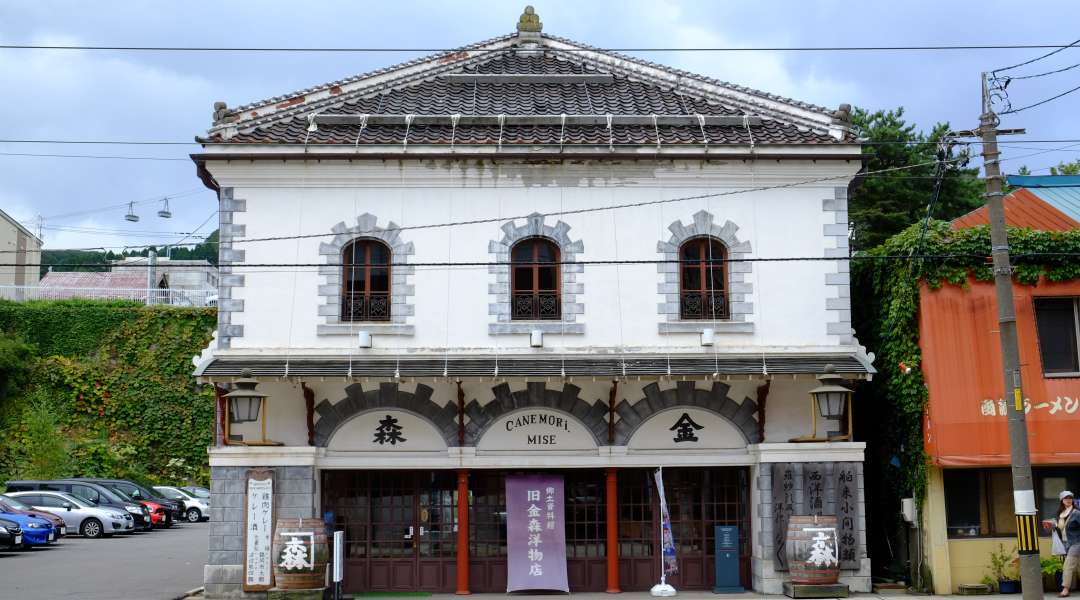
How many artist’s works do you stock in the gallery at the moment?
Permanently, we stock pottery, accessories, trinkets and the like from around 20 artists. But about twice a month we also host exhibitions of boutique clothing and traditional crafts.
Some readers might be familiar with the term ‘kodawari’ meaning ‘a commitment to one’s craft’ or ‘a relentless dedication to a particular detail’, but what would you say your ‘kodawari’ is? What’s the one thing you won’t compromise on?
With all the craft fairs and craft markets in Japan at the moment, the line between general handmade craft goods and traditional, authentic artisanal goods is starting to disappear a little, so, as a gallery and boutique we want to focus on only displaying the latter - those high quality artisanal goods. Not only that, we want to make sure that we are an establishment that specifically showcases the best of Hakodate’s artisanal culture, and not just any old thing you can get your hands on anywhere.
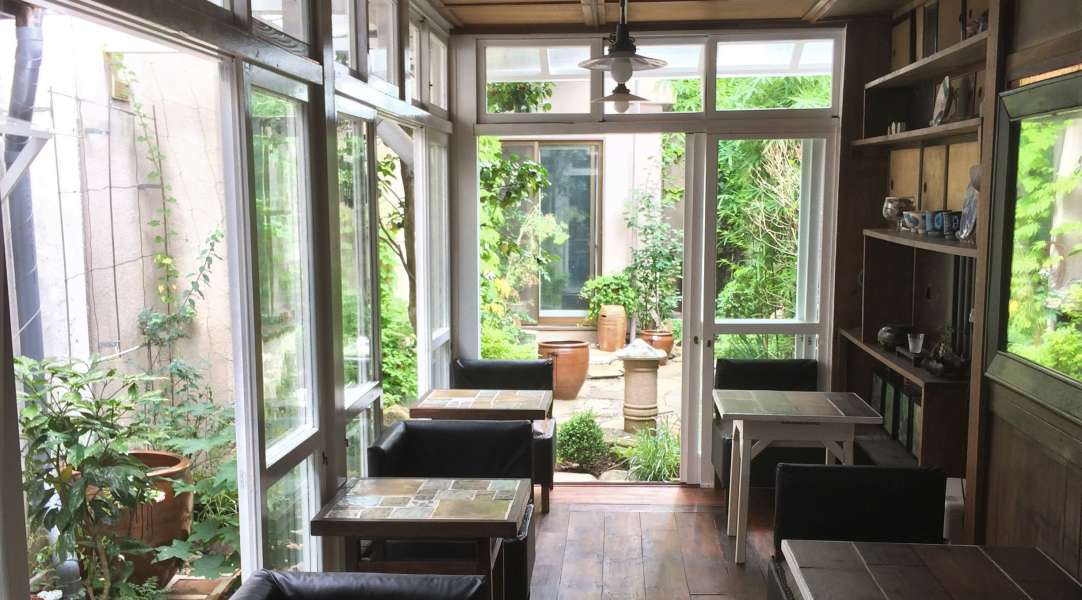
Alongside the pottery workshop, I believe you also have a cafe attached to the gallery, but it’s not any ordinary cafe, is it?
We're about one year into operating the cafe and it’s still a bit trial and error but we want to make a space where people can slow down time a little and relax, while using the crockery and goods that we create. For the interior, we used a variety of old traditional crafting materials to create an aesthetic. The inspiration behind this was also our time in New Zealand, where we were really struck by how people would mend their houses by themselves.
I get the impression that gardening is also popular in the UK, but our cafe also faces onto a little Japanese garden that, while small, perfectly reflects the coming and going of each season in Hakodate and has a lovely feel to it.
In an effort to be as authentic to where we live as possible, we also do our best to research, make and prepare everything on the drink and dessert menu by hand.

Is there a particular best seller at the Hakodate Kogeisha gallery? Or even maybe something you’d particularly recommend to anyone visiting from the UK?
Not to blow my own trumpet, but my hand-made ceramics have actually been the most popular items for the past 20 years. I don’t know if that’s because I’m always producing new things, or maybe because I work in a blend of Japanese and Western styles to produce things that are quite practical and easy to use.
In terms of visitors from abroad, though, I’d say our antique Japanese ceramics, repurposed kimono cuttings and traditional Japanese decorations and souvenirs are maybe the most popular.
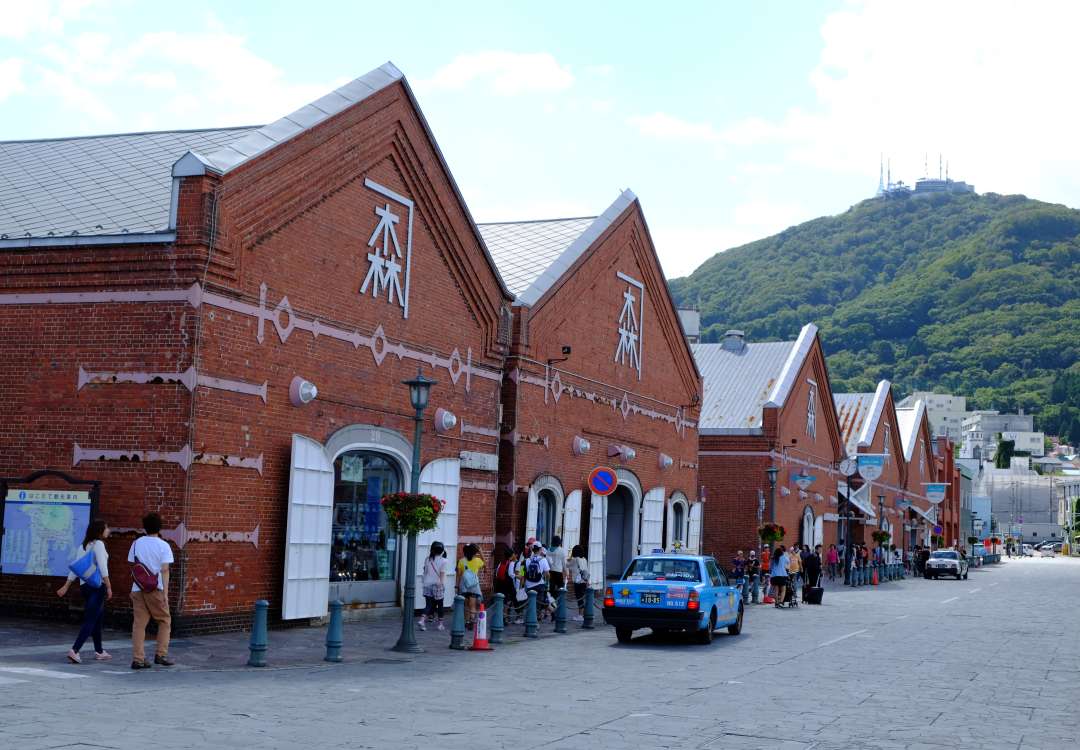
Much like with your gallery, Hakodate has a reputation for ‘kominka cafe’ culture, with lots of beautiful old buildings preserved and used as cafes in a way that hasn’t really happened in other places in Japan. Why would you say that is?
Hakodate's unique blend of turn of the century Western and Japanese styles lends itself perfectly to that kind of relaxed cafe setting, but the fact that the rent on old buildings tends to be cheaper and the fact that you can put your own stamp on it with DIY projects I think are also big factors.
Finally, how would you sum up and recommend Hakodate to someone considering a visit, in just a few words?
Small town, not so many people, peaceful, sea, sky, snow, nature.
A townscape rich in modern history.
Beautiful drives beside the ocean.
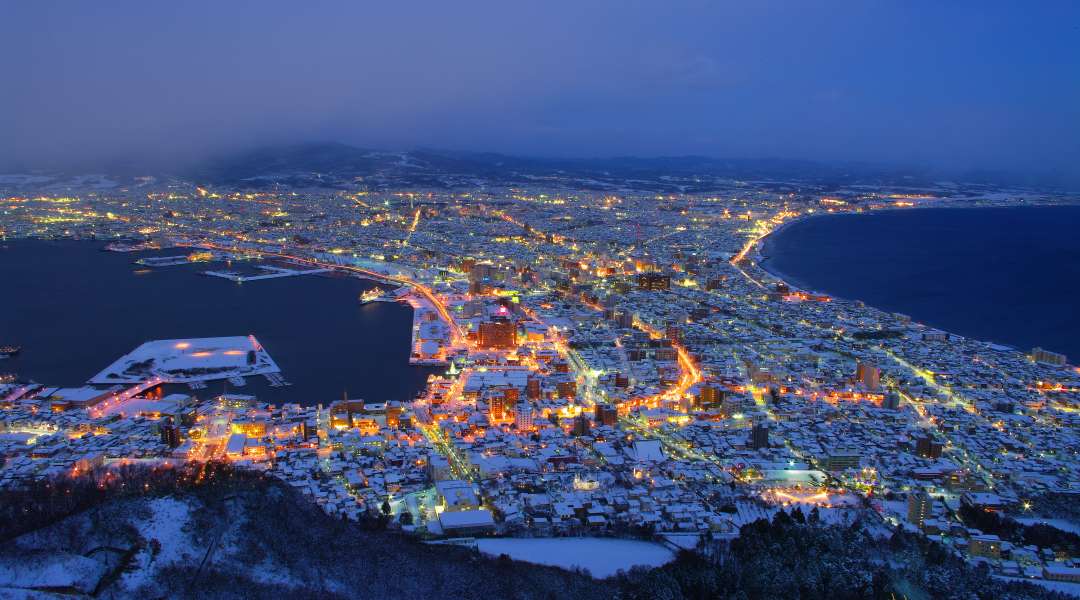
Thank you very much for your time Domae-san!
To stay up to date with all the latest happenings in Japan follow us on Facebook or Twitter.


























































